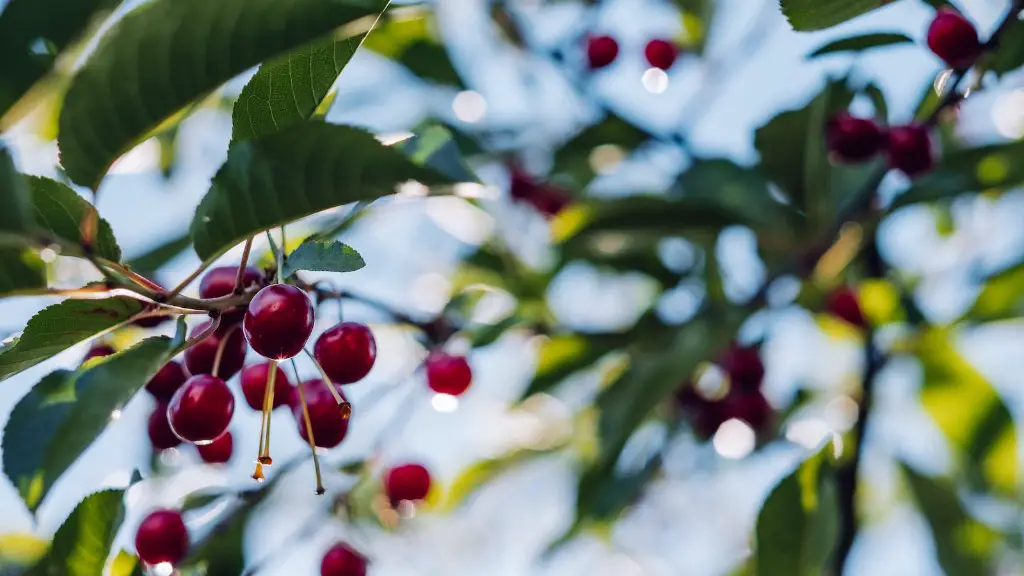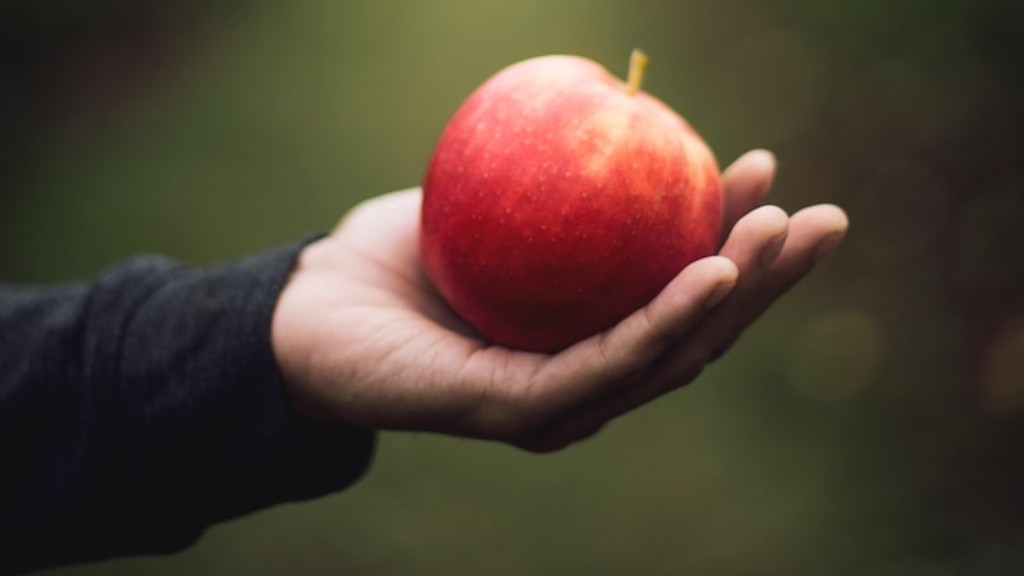Sowing the Cherry Seed
Growing a cherry tree from a cherry seed is possible but may take some time and effort. It is important to understand the basics of sowing a cherry seed before attempting to start your tree. It is important to firstly identify the variety or cultivar of the seed that you would like to grow. Once this is done, it is important to know the process of sowing the seed.
The sowing process begins by collecting the proper seed pods or stones. It is important to select seeds which have a brown, ovoid shape and have a glossy surface. It is also advisable to look for fresh and healthy looking seeds, perhaps from freshly harvested crops. After the collection process has taken place, the next step is to extract the seeds from the pods/stones. To do this, the pod/stone should be broken apart and each individual seed taken out.
The last step before sowing is to prepare the soil. The soil should be fertile and well-draining. It should also be free from any weeds or debris. Additionally, a mix of compost and manure should be added for extra nutrients. When the soil is ready, it is time to plant the seed.
The seed should be placed in the soil approximately two centimeters deep, being careful to not push it in too deeply. It is also important to avoid over-watering the seed. It should be watered moderately and regularly, while taking care not to wash away the seed. Once it has been planted, it is important to watch the seed bed and keep a keen eye on any new sprouts which may appear.
Transplanting
Once the seed has germinated and there are viable seedlings, it is time to transplant the cherry tree. Transplanting the seedlings should be done carefully and with precision. It is important to be mindful of the plant’s roots, trying not to damage them during the process. It is best to use a spade or shovel to make a hole which is half a foot deep and one foot wide. The seedling should then be placed in the center of the hole and the soil replaced.
The newly transplanted seedling should then be watered regularly, but only enough so that the soil is never dry. It is important to remember to provide adequate drainage, as roots can easily suffer damage due to over-watering. Additionally, the seedling should be given a balanced fertilizer to help it grow stronger and taller.
In order to properly protect the seedling, it is important to build a protective barrier in the form of a small fence or stakes. This barrier should help protect the tree from any potential animals or other threats which may impact its growth. It is also important to remember to provide adequate space for the tree to grow and develop.
Pruning and Care
Once the tree has been transplanted, it is important to monitor its development by providing regular pruning, fertilization and pest control. Regular pruning is essential in order to allow the tree to develop a healthy and strong structure. It is important to cut away any broken or dead branches, as these could draw stress and disease, negatively impacting the growth of the tree. Additionally, it is important to fertilize the tree regularly, using a balanced mix which is specific to the variety of the cherry tree.
Pest control is also important in order to protect the tree from being attacked by pests and insects. Also, it is important to ensure the tree is getting adequate sunlight and air circulation, as this could help the tree to be healthier. Finally, it is important to regularly water the tree, so that the roots are never too dry or too wet, as this could affect the overall health of the tree.
Harvesting
When the cherry tree has matured, it is time to harvest the cherries. It is important to monitor the tree to ensure that the fruits are ripe and ready for harvest. Ripe fruits will be firm and red, with no signs of damage or disease. After the cherries have been harvested, they should be stored in a cool, dark place in order to protect their flavor and nutrients.
When properly cared for and managed, the cherry tree should be able to produce fruits for many years. As such it is important to be mindful of the health of the tree, partaking in regular pruning, fertilizing, and pest control in order to ensure that it can sustain a healthy and abundant production of cherries. With proper attention, a cherry tree grown from a seed can become an abundant provider of delicious and nutritious fruits.
Companion Planting
Companion planting is a good way to give a cherry tree the best chance to thrive. This involves planting other crops nearby that act as natural repellents to dangerous bugs, or encourage the growth of beneficial microorganisms in the surrounding soil. Some examples include planting basil to repel mosquitoes, or clover to encourage nitrogen fixing bacteria. Planting legumes like peas, beans and peanuts nearby can also improve soil fertility and increase the tree’s chances of healthy growth.
Additionally, planting taller crops like corn next to a cherry tree can help protect it against strong winds which may cause damage. Not only this, but near-by tall plants can provide the tree with additional shade and wind protection, allowing the cherries to develop with less risk of overexposure to the sun or strong winds. This can help immensely in helping the tree to thrive and produce an abundance of juicy cherries season after season.
Pest Control
In order to ensure the health and abundance of the cherry tree it is necessary to protect it against all kinds of pests. Some common pests which affect cherry tree growth include beetles, aphids, caterpillars and sawflies. These pests can lead to a decrease in fruit production and can even cause the death of the tree in extreme cases. Thus, it is essential to keep an eye out for any signs of these pests and act quickly.
Organic pest control methods are the best way to protect a cherry tree from pests. This includes the use of natural predators such as ladybugs, praying mantises and lacewings which feed on harmful pests. Additionally, garlic or onion mist sprays can be used to repel pests from the tree. Regular pruning and fertilization can also help to keep pests and diseases away, while hand removal of pests is another effective method. Lastly, the use of floating row covers can be used to protect against certain types of pests which may attack the tree.
Conclusion
Growing a cherry tree from a cherry seed is a rewarding and enjoyable process if done properly. It is important to take into account the sowing, transplanting, pruning, care and harvesting of the tree in order to maximize its yield and health. Additionally, companion planting and pest control can help to protect the tree and keep it in optimal condition. When all the tips and tricks outlined in this article are taken to heart, then a cherry tree grown from a single seed can produce sweet and succulent cherries for years to come.




